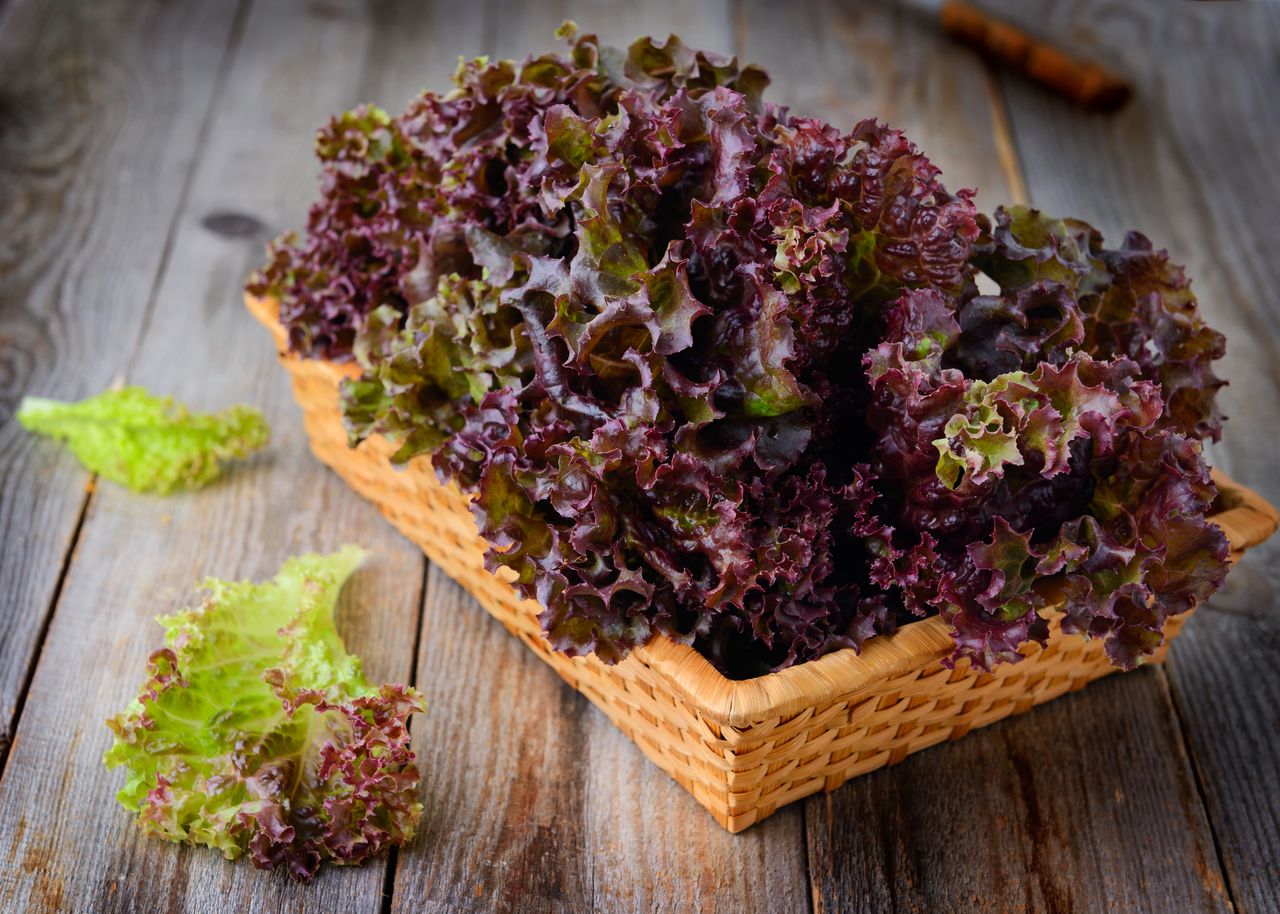
Red leaf lettuce is a vibrant, nutritious addition to any meal. But what makes it so special? Packed with vitamins A, C, and K, this leafy green supports eye health, boosts immunity, and helps with blood clotting. Its antioxidants fight free radicals, potentially reducing the risk of chronic diseases. Not just a pretty face, red leaf lettuce also offers fiber for digestive health. Its mild, slightly sweet flavor pairs well with various dishes, making it a versatile kitchen staple. Whether you're tossing it in a salad, adding it to a sandwich, or using it as a garnish, red leaf lettuce brings both color and health benefits to your plate.
Key Takeaways:
- Red leaf lettuce is a powerhouse of vitamins, antioxidants, and fiber, supporting vision, immune function, and heart health. It's low in calories and perfect for maintaining a healthy gut.
- Growing red leaf lettuce is easy and rewarding, with a fast growth cycle of 45-55 days. It thrives in cooler temperatures and can even be grown in containers for those with limited space.
Nutritional Benefits of Red Leaf Lettuce
Red leaf lettuce is not just a colorful addition to your salad; it's packed with nutrients that can benefit your health in various ways.
- Rich in Vitamins: Red leaf lettuce is a great source of vitamins A, C, and K. These vitamins support vision, immune function, and blood clotting.
- Low in Calories: With only about 4 calories per leaf, red leaf lettuce is perfect for those watching their calorie intake.
- High in Antioxidants: The red pigment in the leaves comes from anthocyanins, powerful antioxidants that help fight free radicals.
- Good Source of Fiber: Fiber aids digestion and helps maintain a healthy gut.
- Contains Folate: Folate is essential for DNA synthesis and repair, making it crucial for pregnant women.
Growing Red Leaf Lettuce
Growing your own red leaf lettuce can be rewarding and ensures you have fresh, pesticide-free greens.
- Easy to Grow: Red leaf lettuce is relatively easy to grow, even for beginners.
- Fast Growing: It typically takes about 45-55 days from planting to harvest.
- Cool-Weather Crop: This lettuce thrives in cooler temperatures, making it ideal for spring and fall gardens.
- Requires Well-Drained Soil: Ensure your soil is well-drained to prevent root rot.
- Can Be Grown in Containers: If space is limited, red leaf lettuce can be grown in pots or containers.
Culinary Uses of Red Leaf Lettuce
Red leaf lettuce is versatile in the kitchen and can be used in various dishes beyond the typical salad.
- Perfect for Salads: Its mild flavor and tender texture make it a salad favorite.
- Great in Wraps: Use large leaves as a low-carb alternative to tortillas.
- Adds Color to Dishes: The vibrant red leaves can make any dish more visually appealing.
- Can Be Sautéed: Lightly sauté red leaf lettuce for a warm, wilted salad.
- Ideal for Sandwiches: Adds a fresh crunch to sandwiches and burgers.
Health Benefits of Red Leaf Lettuce
Incorporating red leaf lettuce into your diet can have several health benefits.
- Supports Heart Health: The antioxidants and fiber in red leaf lettuce can help reduce cholesterol levels.
- Aids Weight Loss: Low in calories and high in water content, it helps you feel full without adding extra calories.
- Boosts Immune System: The vitamins and minerals in red leaf lettuce support a healthy immune system.
- Promotes Healthy Skin: Vitamin A in red leaf lettuce helps maintain healthy skin.
- Hydrates the Body: With high water content, red leaf lettuce helps keep you hydrated.
Red Leaf Lettuce: A Nutritional Powerhouse
Red leaf lettuce isn't just a pretty face in your salad bowl. Packed with vitamins A, C, and K, it supports eye health, boosts immunity, and helps with blood clotting. The antioxidants in red leaf lettuce fight free radicals, reducing the risk of chronic diseases. Its fiber content aids digestion and keeps you feeling full longer, making it a great choice for weight management. Plus, it's low in calories, so you can munch away without guilt.
Adding red leaf lettuce to your diet is easy. Toss it in salads, add it to sandwiches, or use it as a bed for grilled meats and veggies. Its mild flavor pairs well with a variety of dishes. So next time you're at the grocery store, grab some red leaf lettuce and enjoy its many health benefits. Your body will thank you!
Frequently Asked Questions
Was this page helpful?
Our commitment to delivering trustworthy and engaging content is at the heart of what we do. Each fact on our site is contributed by real users like you, bringing a wealth of diverse insights and information. To ensure the highest standards of accuracy and reliability, our dedicated editors meticulously review each submission. This process guarantees that the facts we share are not only fascinating but also credible. Trust in our commitment to quality and authenticity as you explore and learn with us.


